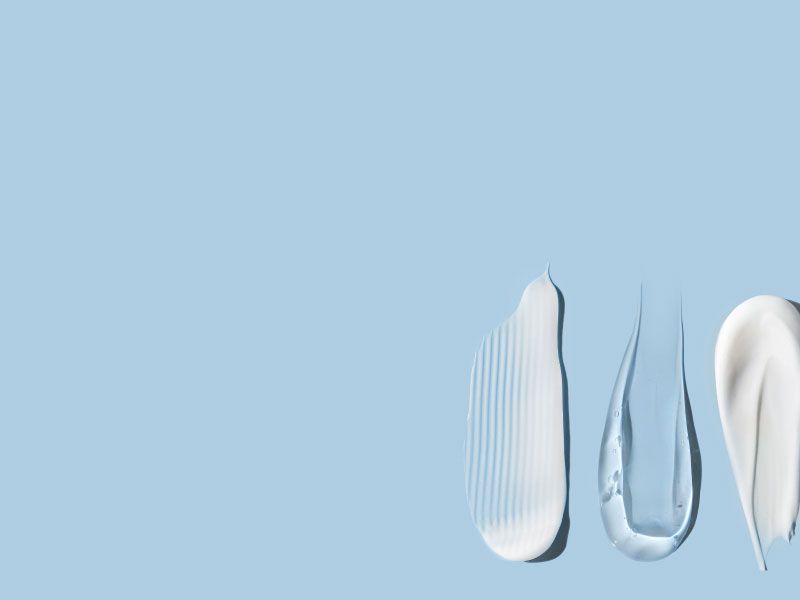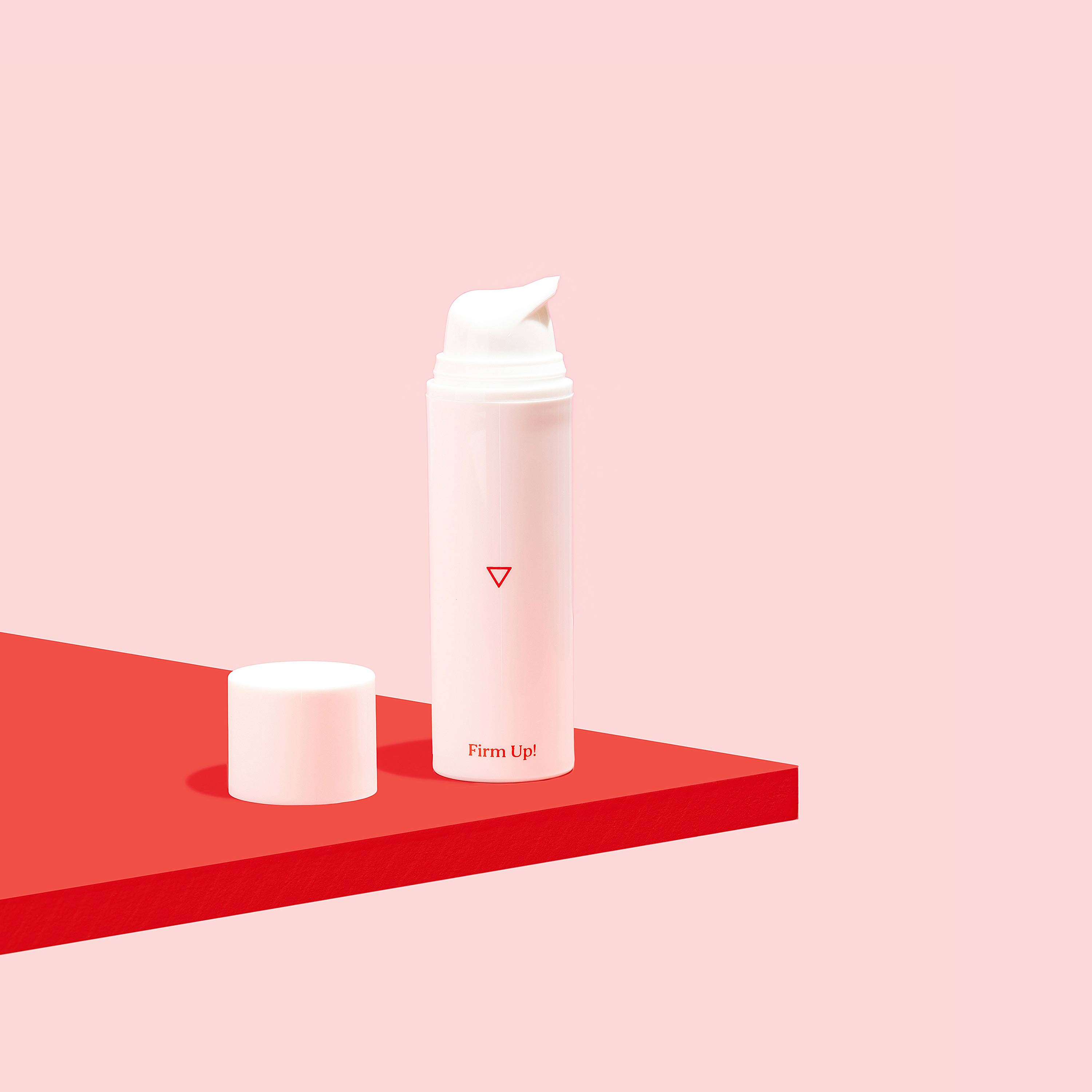
What’s the Difference Between Retinol and Tretinoin?
Published on August 25, 2025
Written by Kathleen Morrison
Medically Reviewed by Andrea Sleeth WHNP-BC, MSCP
If you’ve been deep diving into skincare lately, you’ve probably heard a lot about retinol and tretinoin. Both are vitamin A powerhouses, but they work differently and offer different experiences.
Retinol is your gentle, over-the-counter option that gradually converts into the active form your skin uses, making it a great pick if you’re new to vitamin A or have sensitive skin. Tretinoin, on the other hand, is a stronger, prescription-only ingredient that jumps straight into action—perfect if you’re ready to tackle more serious skin concerns and want faster results.
Knowing which one fits your skin’s needs and lifestyle is the real key to glowing skin. No one-size-fits-all here—just real options for your unique skin health and needs.
What are retinol and tretinoin?
Retinol and tretinoin both come from the vitamin A family (aka retinoids), and while they’re closely related, they work a little differently on your skin.
Retinol
Retinol is a form of vitamin A that your skin loves—but it likes to take things slow. You’ll find it in a ton of over-the-counter skincare products, from drugstore basics to fancy serums. Retinol works by gradually converting into retinoic acid (the active form your skin actually uses), which means it’s gentler and a little more patient. Think of it as your skincare slow-burn: great for beginners or anyone who wants results without jumping straight into the deep end.
It can help your skin shed old cells faster, fade dark spots, and boost collagen production—aka the stuff that keeps your skin looking plump and glowy. It can take a few months to really kick in, but your skin gets time to adjust along the way.
Tretinoin
Tretinoin is retinol’s stronger, prescription-only sibling. It is retinoic acid, which means your skin doesn’t have to do any converting—it just gets right to work. If you’re dealing with stubborn breakouts, discoloration, or overall skin texture issues, this is the ingredient dermatologists often recommend when you’re ready for serious results.
Because it’s more potent, prescription tretinoin for acne works faster, but it can also be more intense. It’s normal to experience some dryness or flaking at first as your skin’s just adjusting to the new routine. The upside? You’ll likely see smoother, clearer skin sooner, especially with consistent use and a solid moisturizing routine.
Wisp treatment options are available only after consultation with a licensed medical professional. You should consult with your healthcare provider before starting a new supplement or treatment regimen. Individual results may vary.
The main differences between tretinoin and retinol
These two ingredients get lumped together a lot—but they’re not the same thing. If you’re weighing your options, knowing the key differences between retinol and tretinoin can help you make the best choice for your skin, budget, and goals.
Tretinoin is stronger (and faster) than retinol
Tretinoin is stronger and prescription-only. While retinol is available in tons of over-the-counter creams and serums, tretinoin requires a prescription—and it works faster, too.
Most people start seeing results with tretinoin in a few weeks. Retinol? Expect more of a slow burn (think more like, months). Both can deliver glowy, acne-free skin—it just depends on how fast you want to get there.
Retinol is easier to get (but needs more patience)
You can grab a retinol product off most pharmacy shelves without a second thought, but tretinoin needs a quick convo with a provider (like us!) to get started. That extra step means more support—but if you’re just dipping your toes into the world of skincare, retinol can be a low-commitment way to see what your skin likes.
Tretinoin may cause more irritation upfront
Stronger = more noticeable results… And possibly more irritation.
Tretinoin works harder and faster, which also means it can be more intense, especially in the first few weeks. Retinol is milder and often better tolerated for sensitive skin.
If your face is feeling extra dry, flaky, or stingy after starting either one, try spacing out applications or layering with a simple moisturizer. Your skin’s adjusting, and you’ve got options.
How they actually change your skin
Retinol and tretinoin are both powerhouses when it comes to smoothing skin and bringing back that bouncy, firm feel—but they don’t work in exactly the same way. Think of them like siblings: similar DNA, different personalities.
Texture
Both ingredients help your skin turn over old cells and make space for fresh, healthy ones—which is key for soft, smooth skin.
Retinol tends to take a slower, gentler approach, making it great if you’re new to vitamin A. Over time, it helps refine your pores, smooth out dry or rough spots, and even out your skin tone.
Tretinoin is the more intense sibling. It’s stronger, works faster, and gets deeper into the skin, so the texture improvements are often more noticeable, more quickly.
Collagen
Collagen is your skin’s support system—the thing that keeps everything plump and perky. Both retinol and tretinoin can help your skin make more of it, but tretinoin comes in strong.
It helps support the increase of collagen production in deeper layers of the skin, which is why it’s often the go-to for softening wrinkles or firming things up.
Results
If you want a gentler, beginner-friendly option, retinol is your girl. If you’re dealing with deeper texture changes, visible fine lines, or you're just ready to go all in, tretinoin might be more your vibe.
Either way, you're doing something great for your skin—it’s just about what works best for you.
Let's talk about treating acne
If you're navigating breakouts and wondering what actually works, you're not alone—and yes, there is a difference between retinol and tretinoin when it comes to acne treatment.
Both are part of the retinoid family, and both help keep your pores clear by speeding up how your skin renews itself. But which is the better pick depends on a few things you'll need to think about.
Which one is better for acne-prone skin?
If your acne is stubborn, hormonal, or just not responding to over-the-counter options, tretinoin might be your best bet. It works more directly, and dermatologists often recommend it as a go-to prescription treatment for moderate to severe acne. It's also frequently paired with other treatments like antibiotics or birth control pills to get breakouts under control fast.
Retinol, on the other hand, is a great everyday option for people who want to manage mild breakouts while also addressing early signs of aging. It’s gentle enough for long-term use, and you can layer it into a skincare routine with other active ingredients. If your skin is sensitive or easily irritated, retinol gives you flexibility while still supporting clearer skin over time.
How long does it take to see results?
With tretinoin, you’ll usually notice changes within 4 to 8 weeks, with real changes coming from month 3 onwards—though it can feel like a wild ride at first. The purge (when your acne seems to get worse before it gets better) often kicks in during the first few weeks. But if you stick it out, clearer skin is on the horizon.
Retinol is more of a slow-and-steady journey. You might start to see fewer breakouts after a few weeks, but real, visible results can take a few months. The benefit? It’s a gentler climb, with fewer side effects and less drama.
Let your skincare work with you, not against you
Getting to know the difference between retinol and tretinoin is a game-changer—because when you understand what’s actually going on in that little tube, you can choose what you want for your skin. Retinol is the easy-going, over-the-counter option that builds up results slowly, while tretinoin is prescription-only and a little more intense, offering quicker, more noticeable changes.
There’s no “right” choice here—just what feels right for your skin, your routine, and your comfort level. Some people stick with retinol and love it. Others jump into tretinoin and never look back. You might even find both have a place in your routine depending on where you're at in life (and what your skin is doing that week).
No matter which one you go for, give it time. Like, actual time—at least three months. Be kind to your skin, wear SPF like it’s your job, and if you’re feeling unsure? That’s where we come in.
Wisp makes it simple to connect with a provider who can prescribe tretinoin online—no awkward appointments or gatekeeping. Just expert care, delivered straight to your door.
This blog post is for informational and educational purposes only and should not be taken as professional advice. Always consult with a qualified professional before making any decisions based on the information provided here.
Frequently Asked Questions (FAQ):

Firm Up! Wrinkle Cream | Tretinoin (.04%)
Starting at $75
Tretinoin 0.04%, Azelaic Acid 5%, Niacinamide 4% Prescription treatment for wrinkles, fine lines, and other signs of aging.

Oral Spironolactone
Starting at $24
Prescription solution for women struggling with acne, hair loss, and excess facial hair.

Wisp Topical Spironolactone Prescription (Acne Treatment)
Starting at $39
Prescription hormonal acne solution, no pills required.


